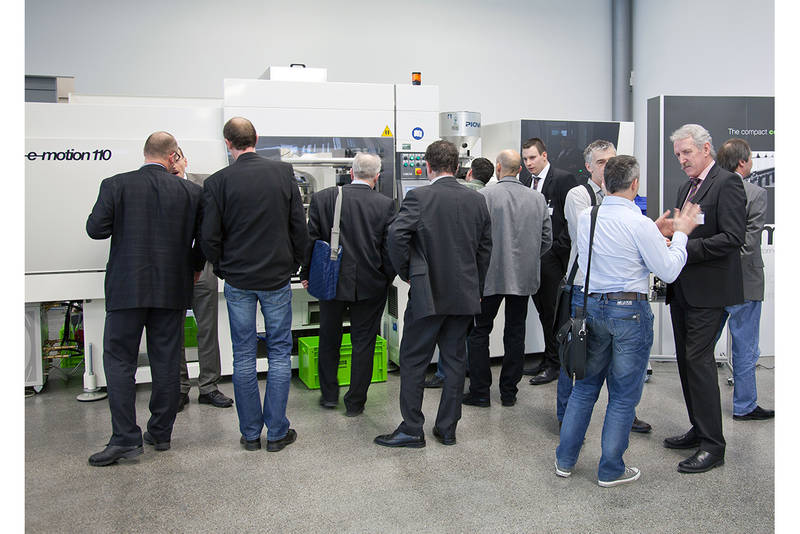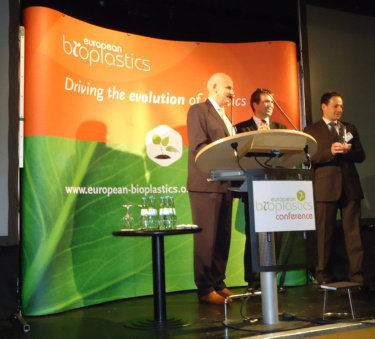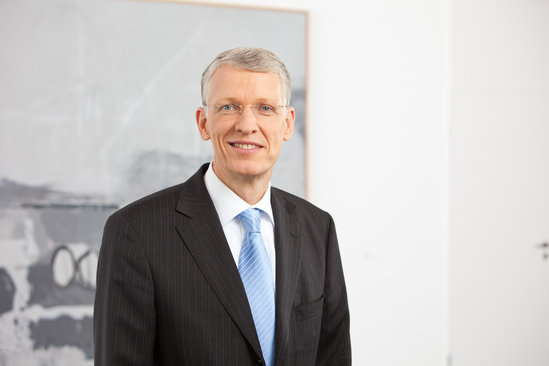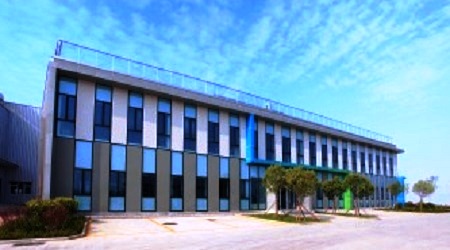IHK-Netzwerk Automotive visits RAMPF / Fascinating presentation on mobility in the future
Grafenberg, October 25, 2013. There’s no doubt that people will still use cars to get from A to B in the future. However, what’s less certain is what these cars will look like, how they will be pow-ered, and whether we will still be behind the controls. During his presentation in the RAMPF In-novation Center in Grafenberg, Dr. Claus Ehlers, Director Vehicle Concepts & Future Trends at Daimler AG, said that the car is just at the very start of an exciting journey into the future.

There are more than a billion cars worldwide. And with Asia’s hunger for mobility far from sated, that figure will increase further still. In principle, that’s good news for automakers and their suppliers. Howev-er, as Dr. Ehlers commented at the start of his presentation, the expected rise in demand is not in itself a guarantee of success. “The car industry faces major challenges. Structural change in this sector is in full swing and there is enormous pressure to develop innovations and strategies for the future.” Ehlers cer-tainly knows what he’s talking about. As Director Vehicle Concepts & Future Trends at Daimler AG, he develops the cars of tomorrow for one of the biggest and most influential automotive manufacturers in the world.

There are several factors that drive automakers’ research and development departments to produce outstanding work. These include, among others, consumers’ awareness of green issues, regulation by national and supranational institutions, the need for alternative drive technology and new materials due to rising raw materials prices, tougher competition as a result of globalization, and the fact that the emergence of additional megacities is reducing the amount of space available. “These are challenges that must be addressed at all stages of the automotive value-added chain,” emphasized Ehlers. “I expect cooperation between manufacturers and suppliers to intensify in the international context in the future.”

Hosts Matthias Rampf, CEO of RAMPF Holding, and company founder Rudolf Rampf took this state-ment on board. As a development partner and system supplier for customized solutions in reactive cast-ing resins, processing technologies, and machine systems, the RAMPF Group is a key partner of the car industry. “We work closely with leading manufacturers. In the lightweight construction sector, for exam-ple, we provide innovative solutions that make a real difference in reducing weight and thus consump-tion,” said Matthias Rampf. He added that, as the company designs products to be as environmentally friendly as possible and uses renewable raw materials, this all helps to make the end product more eco-friendly.

The evening’s guests from IHK-Netzwerk Automotive also see the need to work more closely with manu-facturers and each other in the future. Coordinated by Dr. Markus Nawroth, head of economics and re-gional economic policy at IHK Reutlingen, the network aims to promote dialog between suppliers in the Neckar-Alb region and thus generate synergies and strengthen the area’s economic power.

During a tour of the RAMPF Innovation Center, Claus Ehlers and the members of IHK-Netzwerk were able to gain an insight into the products and solutions offered by this global company based in Graf-enberg. This was followed by long and intensive discussions. That’s not surprising, given that mobility in the future is such a fascinating topic.









